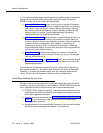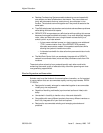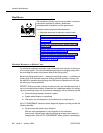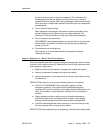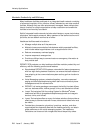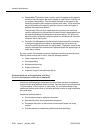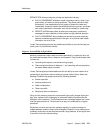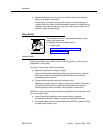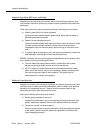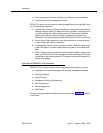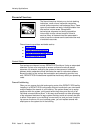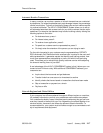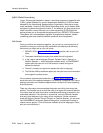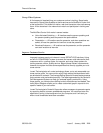
Industry Applications
555-230-024
2-12 Issue 5 January 1998
Desktop conferencing systems can be used in patients’ homes by home health
nurses to confer with physicians about patient conditions. This enables more
patients to be cared for outside the hospital, and reduces the need for the very ill
to travel to the hospital or physician’s office.
Maintain Skills and Collaborative Relationships
Regardless of Location
In the Healthcare industry, there is an urgent need for multiple sites to operate as
one and for medical professionals to collaborate remotely, so they can provide
top quality health care to patients in rural areas. Doctors and nurses must also
stay abreast of technological innovations in the field and continue their educa-
tions.
DEFINITY ECS can play a critical role in connecting remote and sparsely popu-
lated communities with the advanced centers in healthcare. This technology
enables the same level of sophistication in the rural settings as that available in
the urban medical centers by:
■ Improving communications
■ Improving staff satisfaction
■ Increasing personnel skills
■ Providing improved patient care
■ Reducing time and expense of travel
The Lucent Technologies desktop conferencing System can help with:
■ Continuing medical education.
Doctors can learn at their desktops, without having to pay for expensive
travel bills and time away from their office and home.
Medical students can be educated at remote sites. Distance learning can
help medical students assigned to rural clinics learn from doctors in hub
hospitals and medical centers.
■ Virtual consultation.
Patients can talk to physicians, and primary care providers can talk to
specialists using Group Video or Desktop Conferencing Systems. Instead
of bringing patients in outlying areas to the hub hospital, doctors can
conduct virtual meetings with the ability to share charts and images from
electrocardiograms, magnetic resonance imaging, cardiotomagraphy
scans, bone density scans, and other visual diagnostic tools by using the
document camera or other medical peripherals. (Note: this should be
used for consultation only; it should not be considered diagnostic by
itself.)



